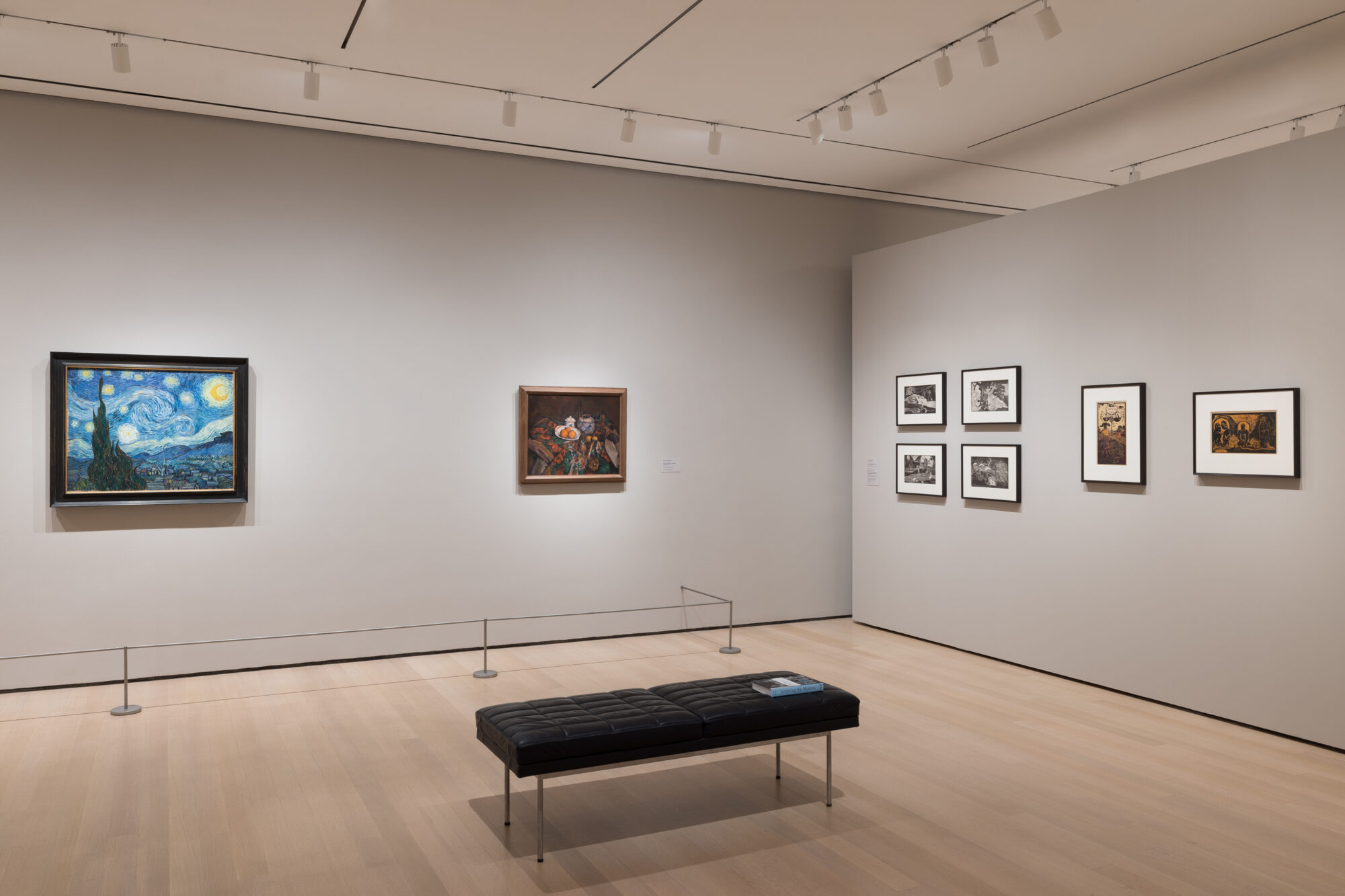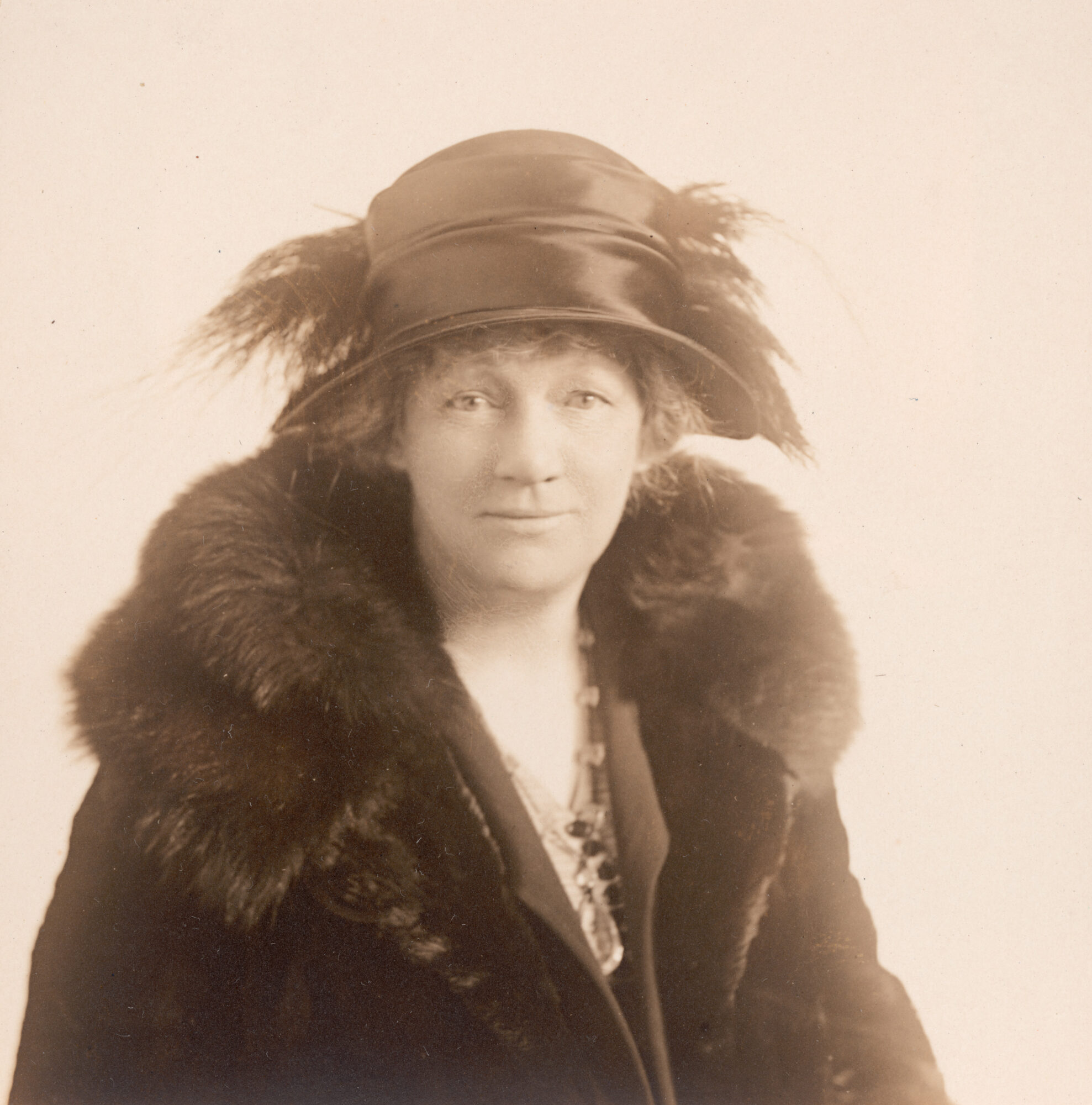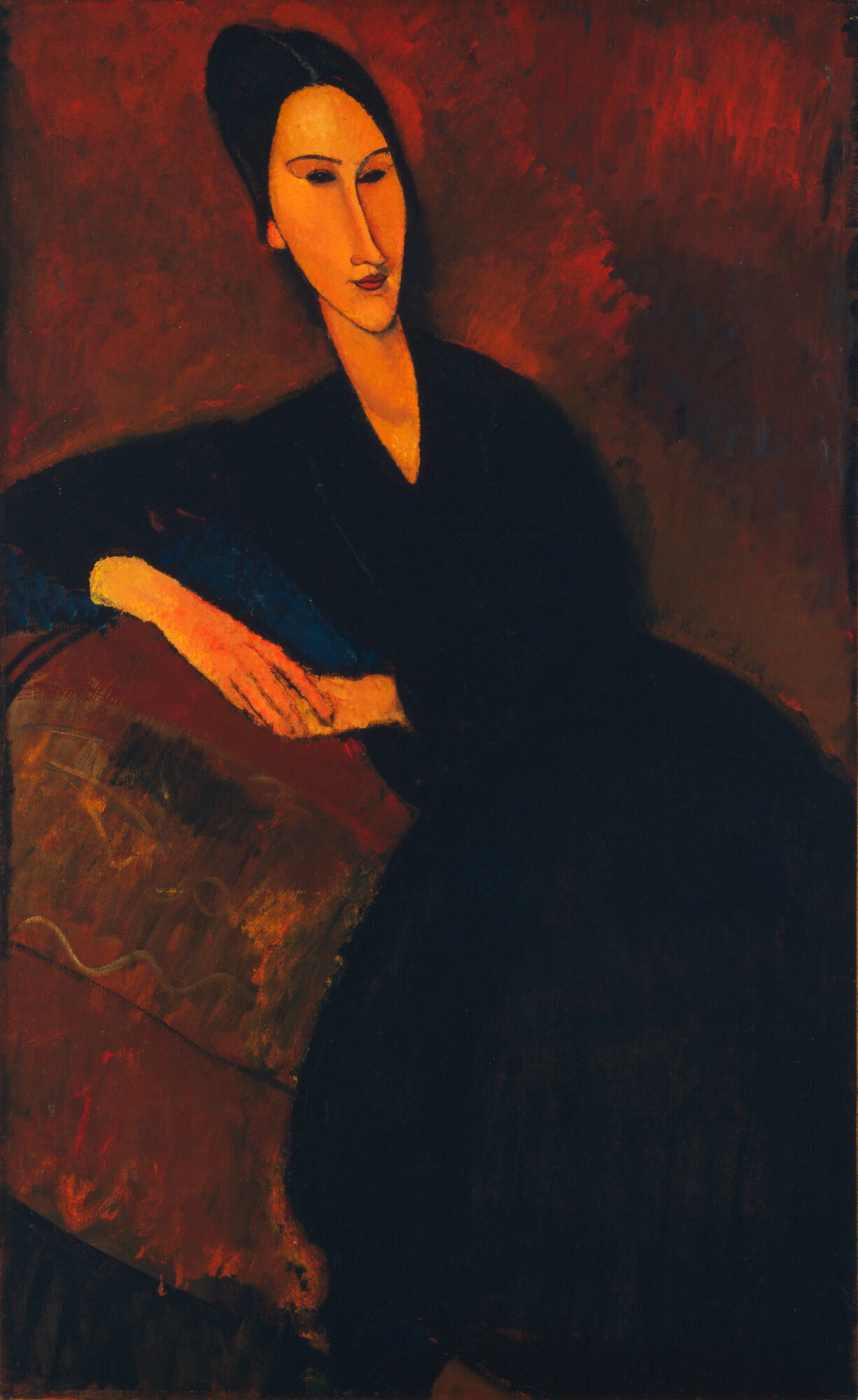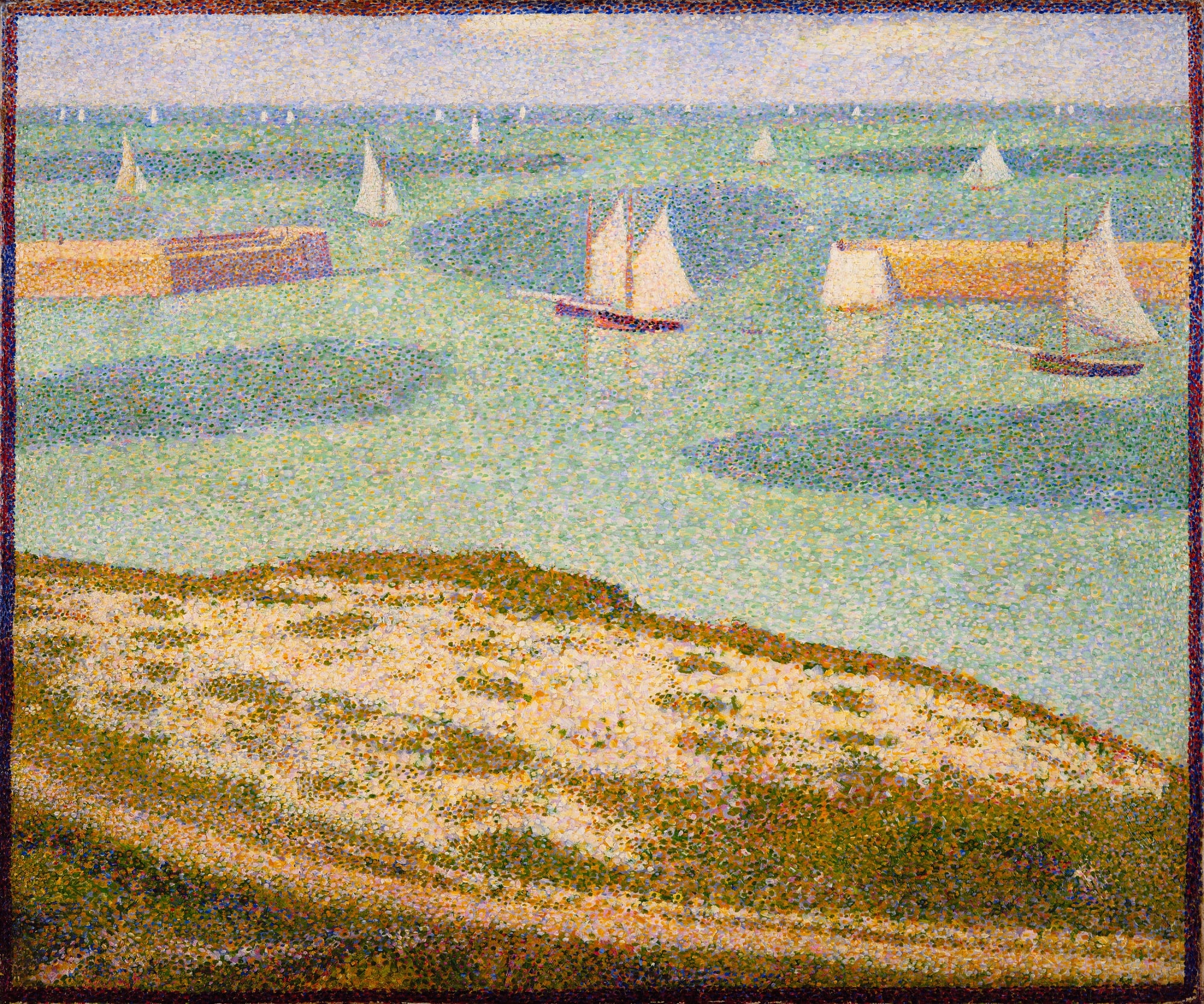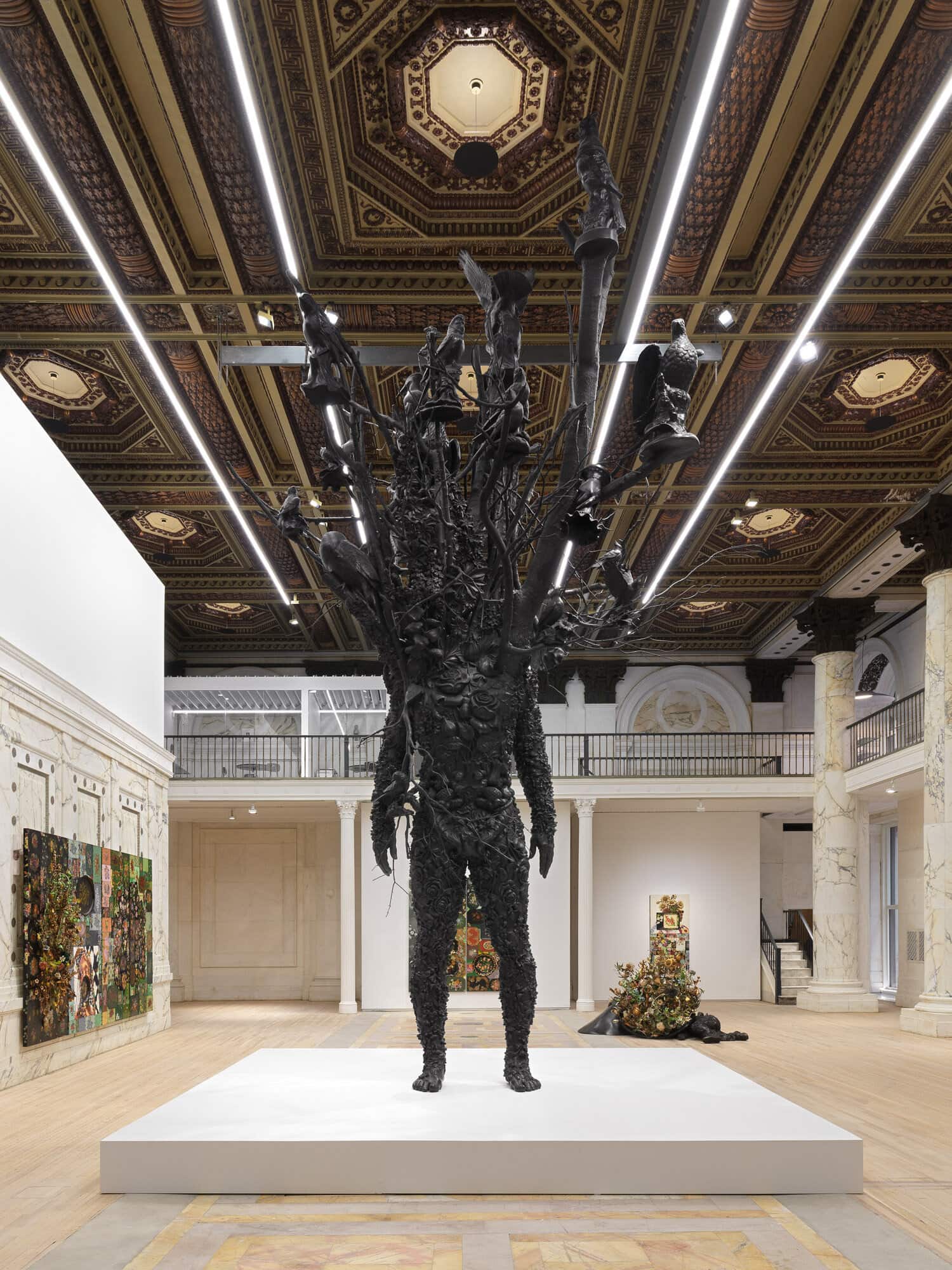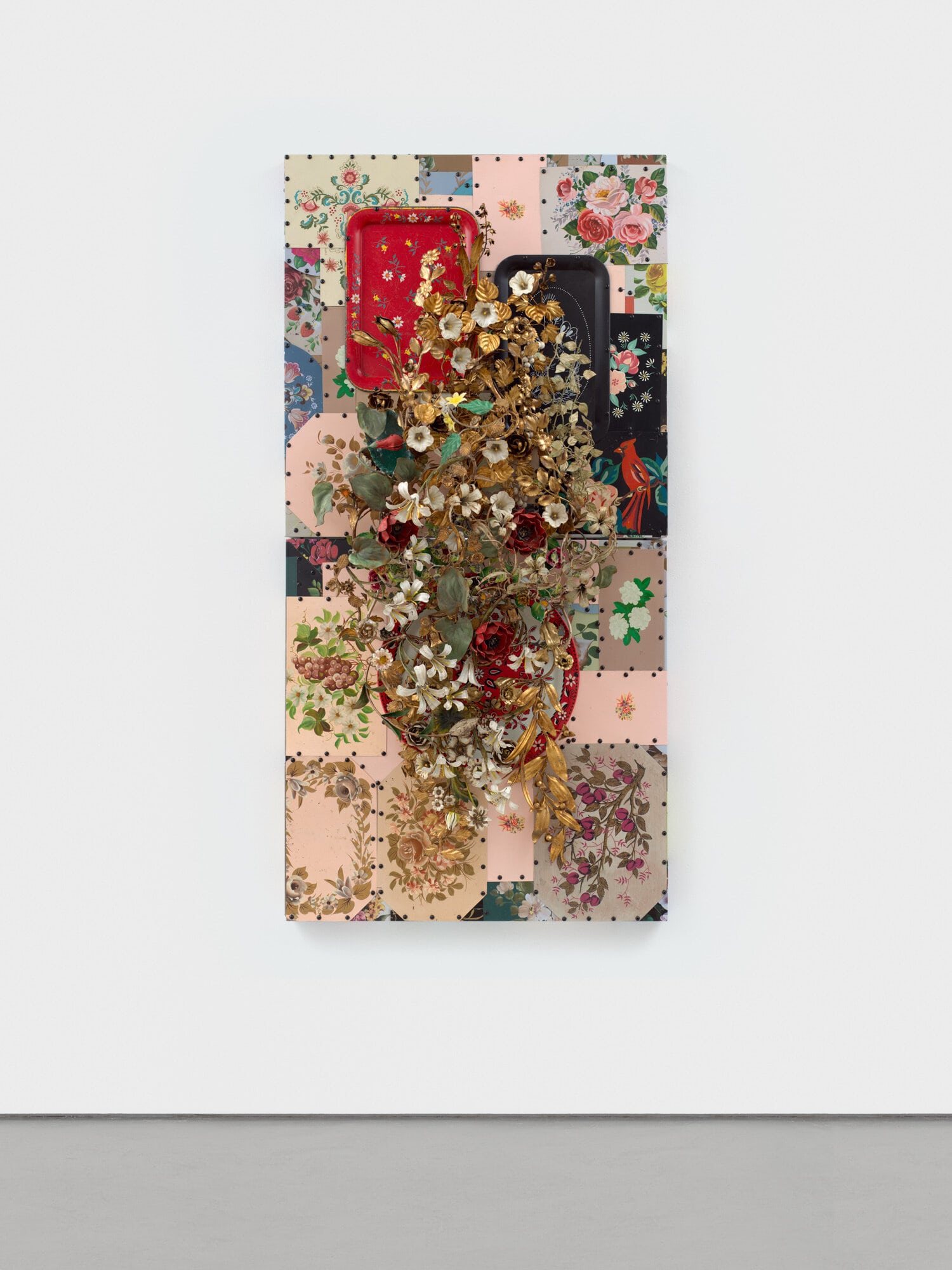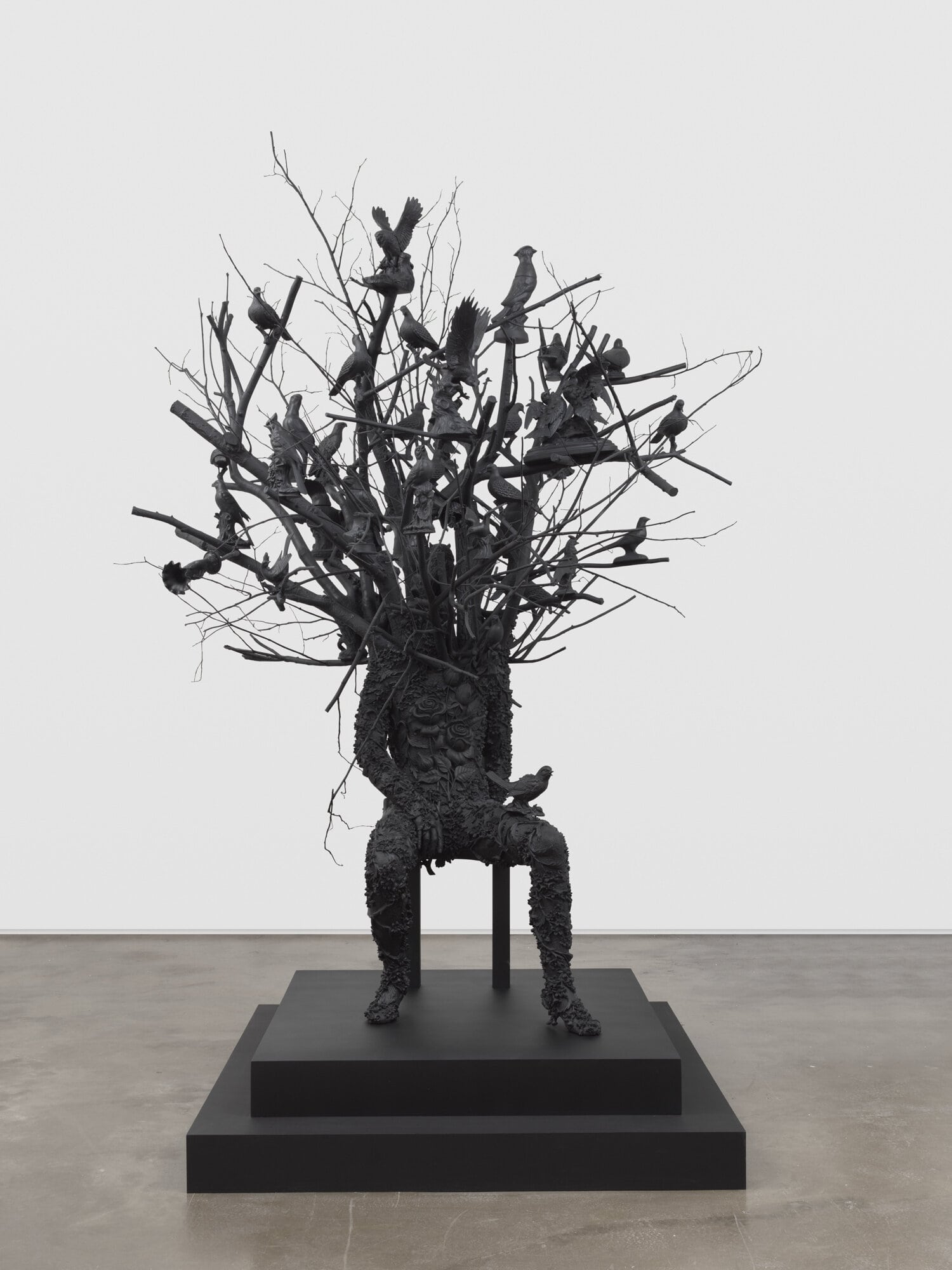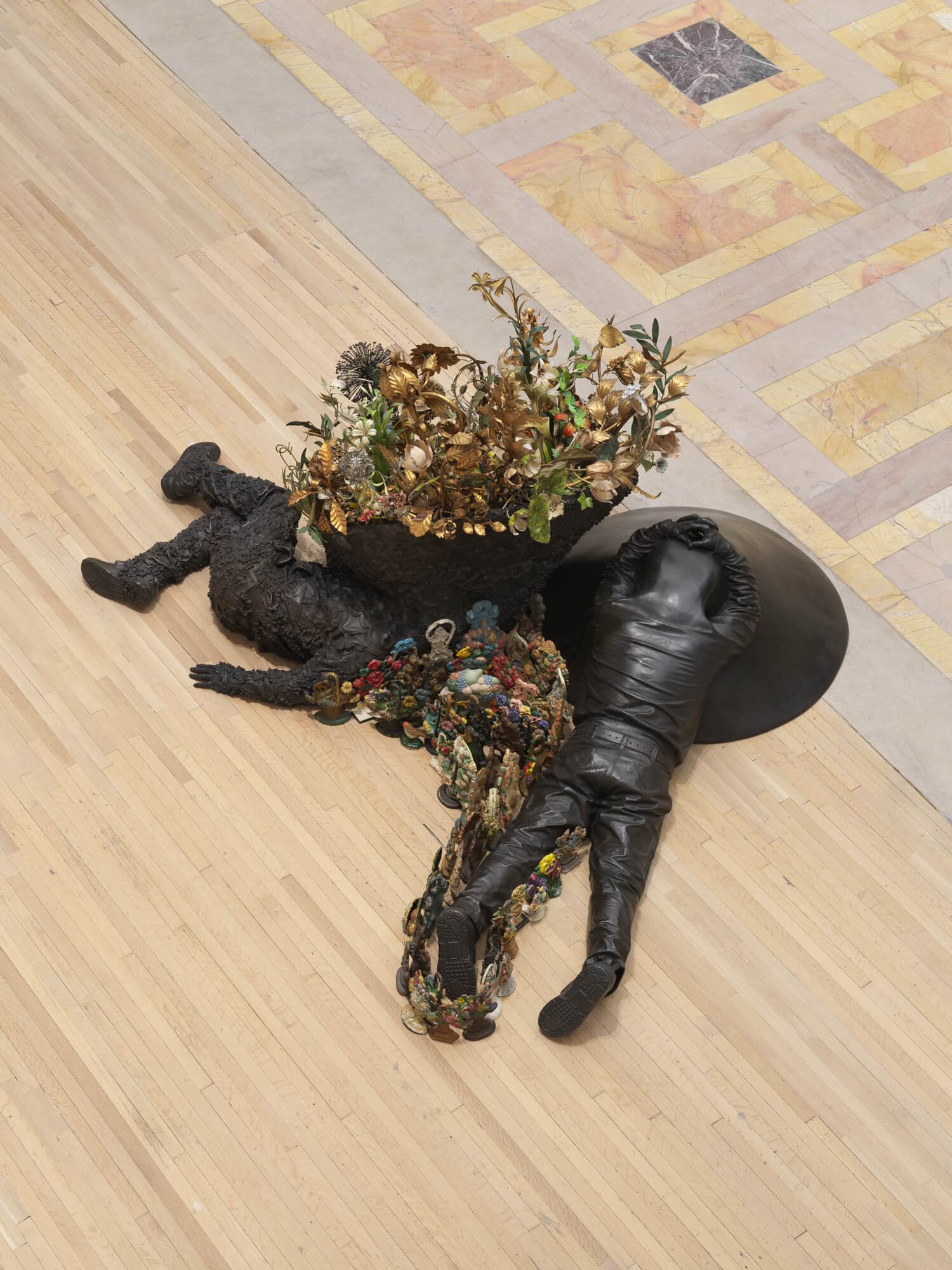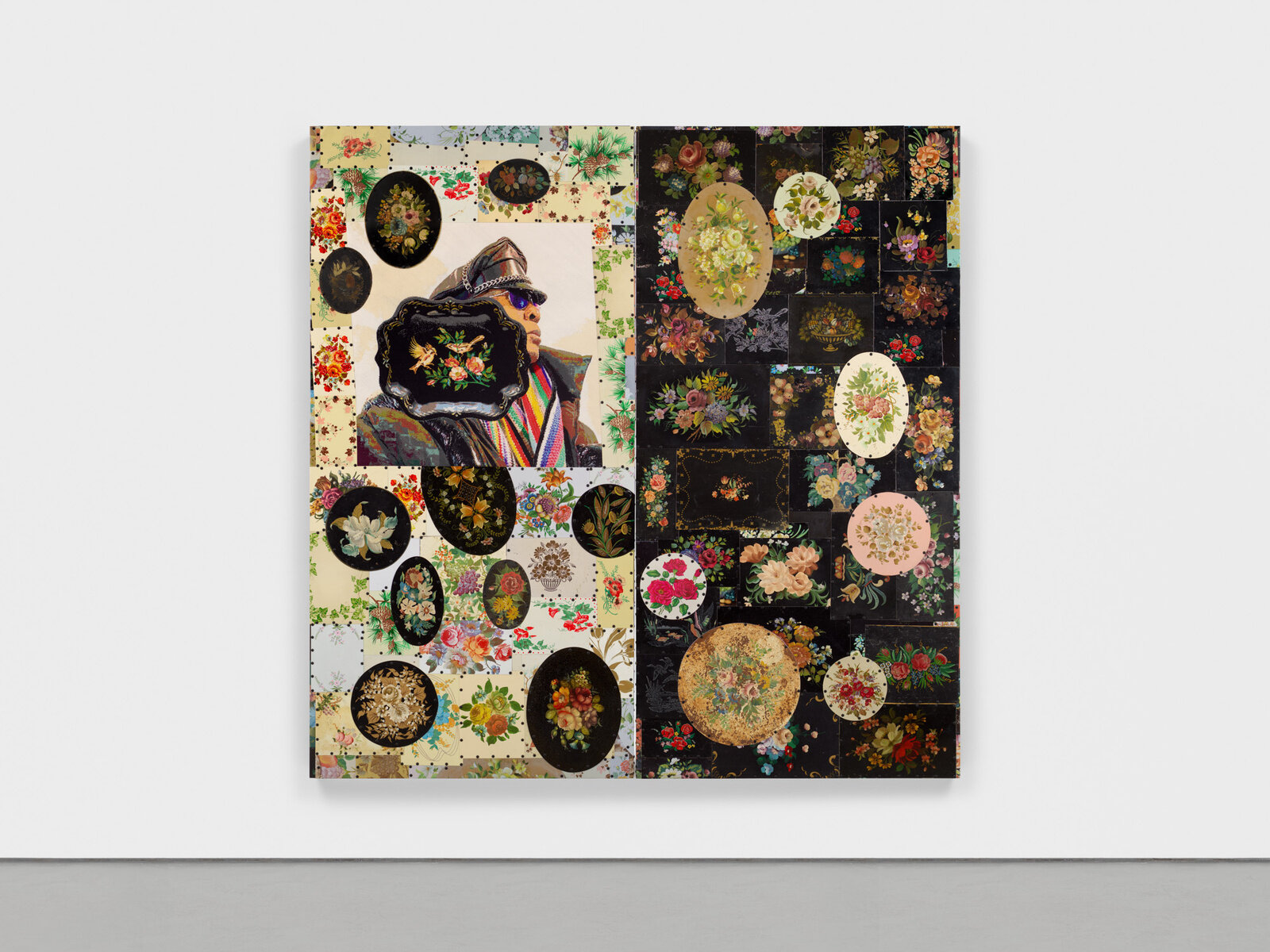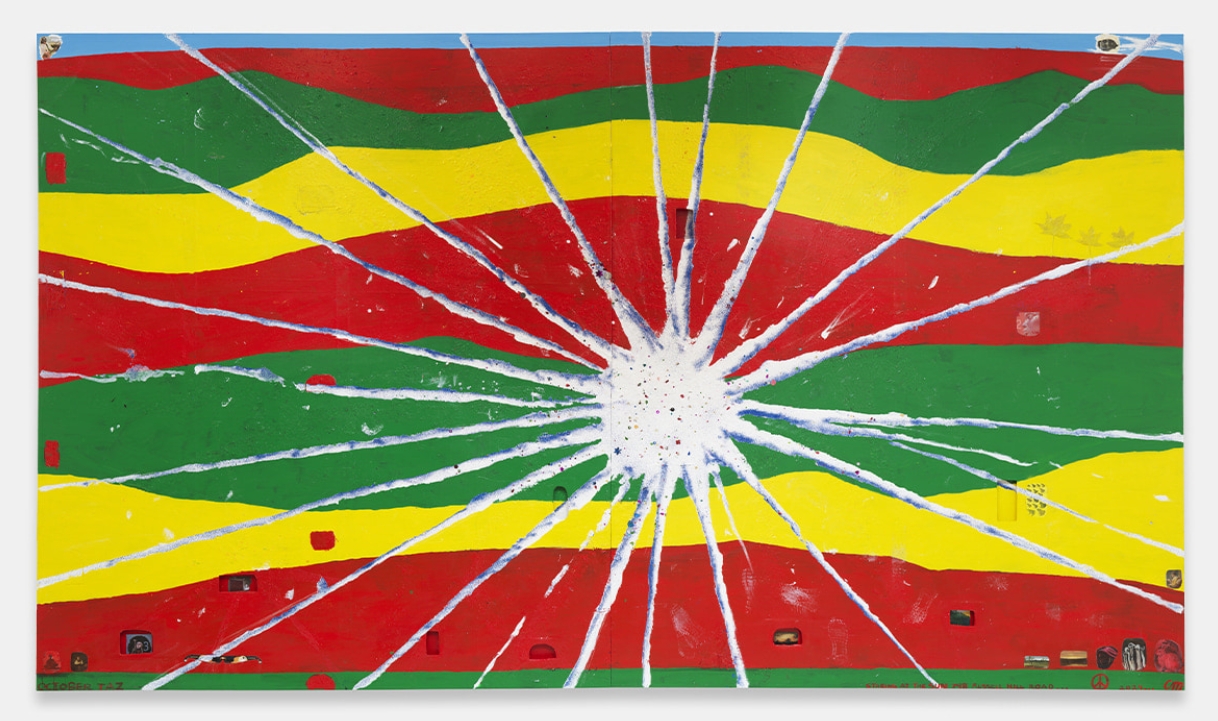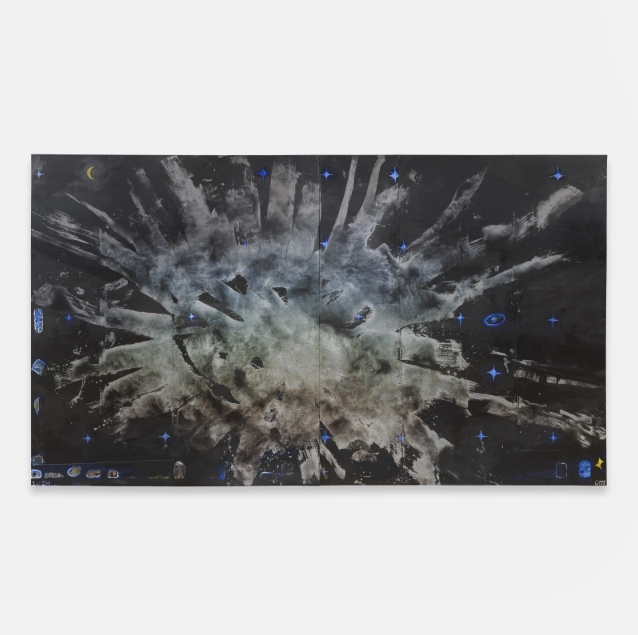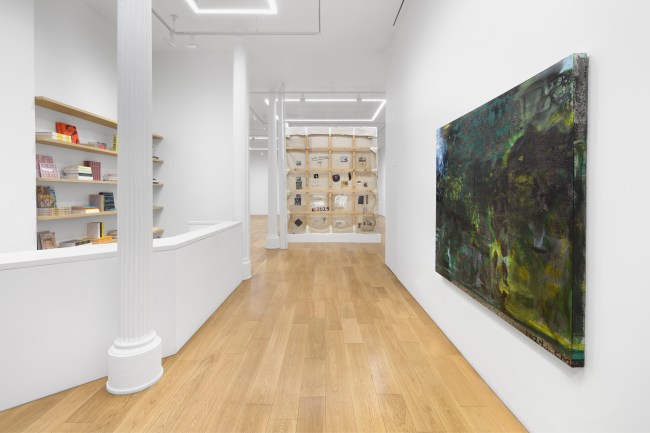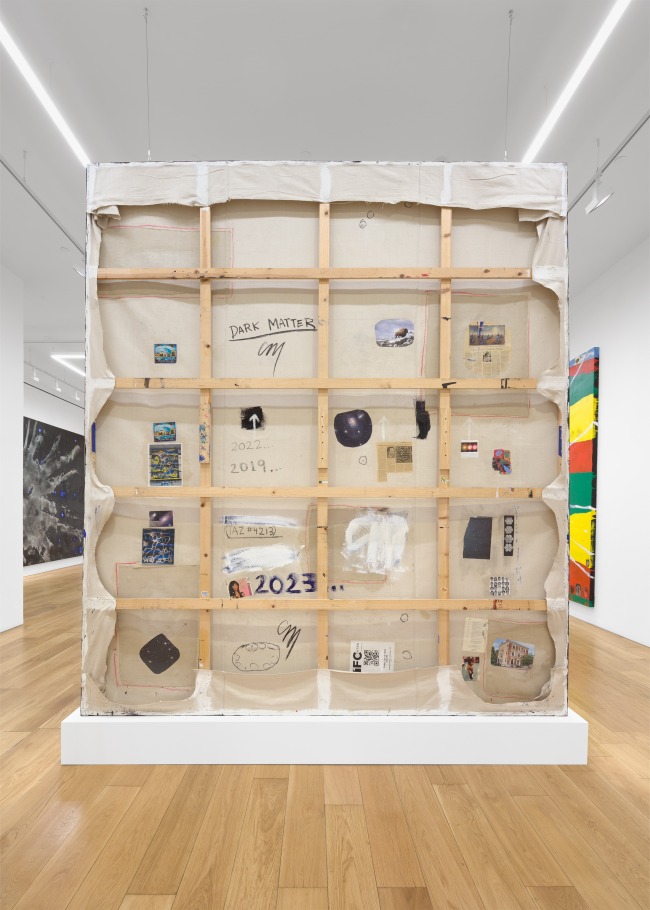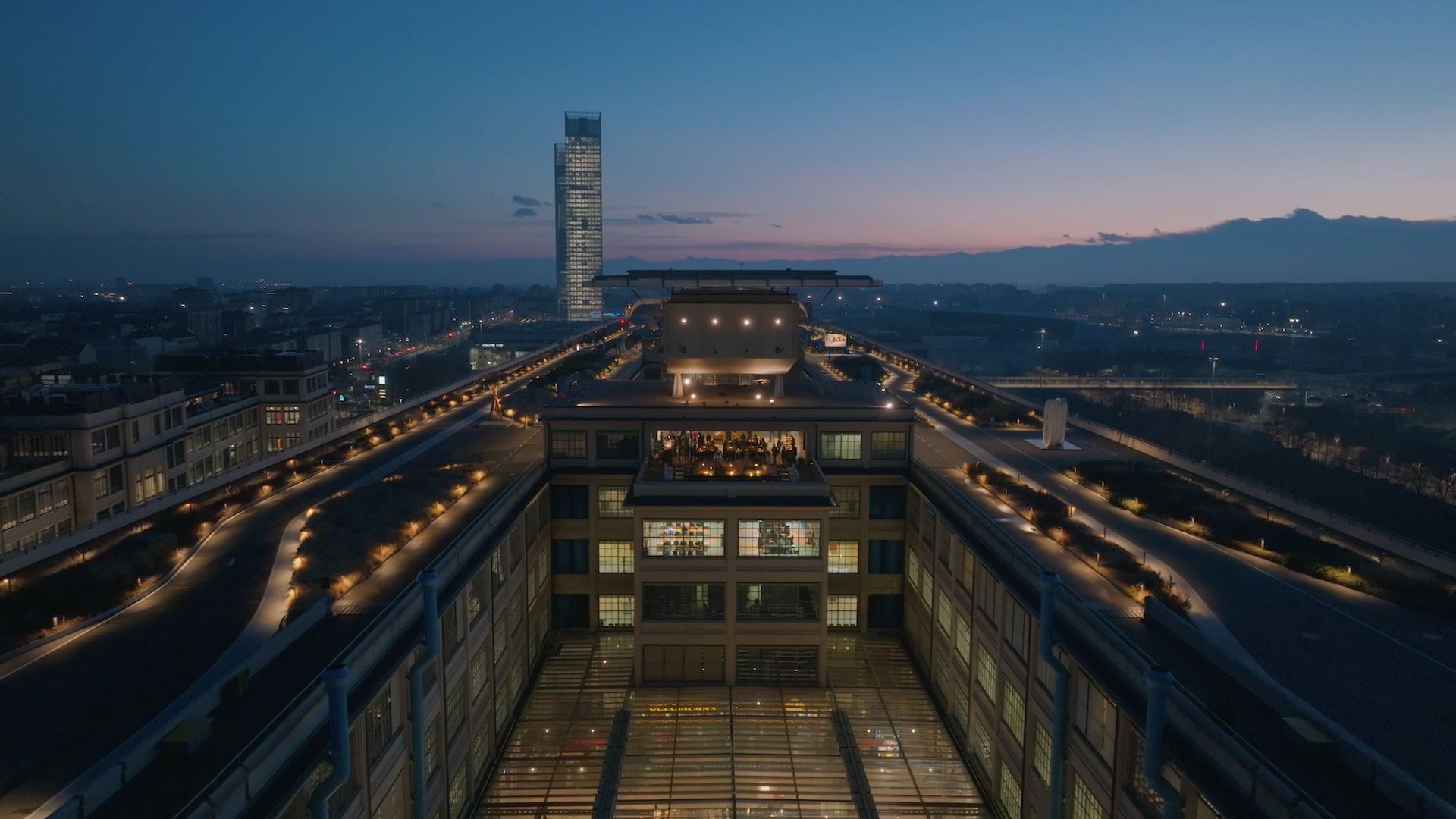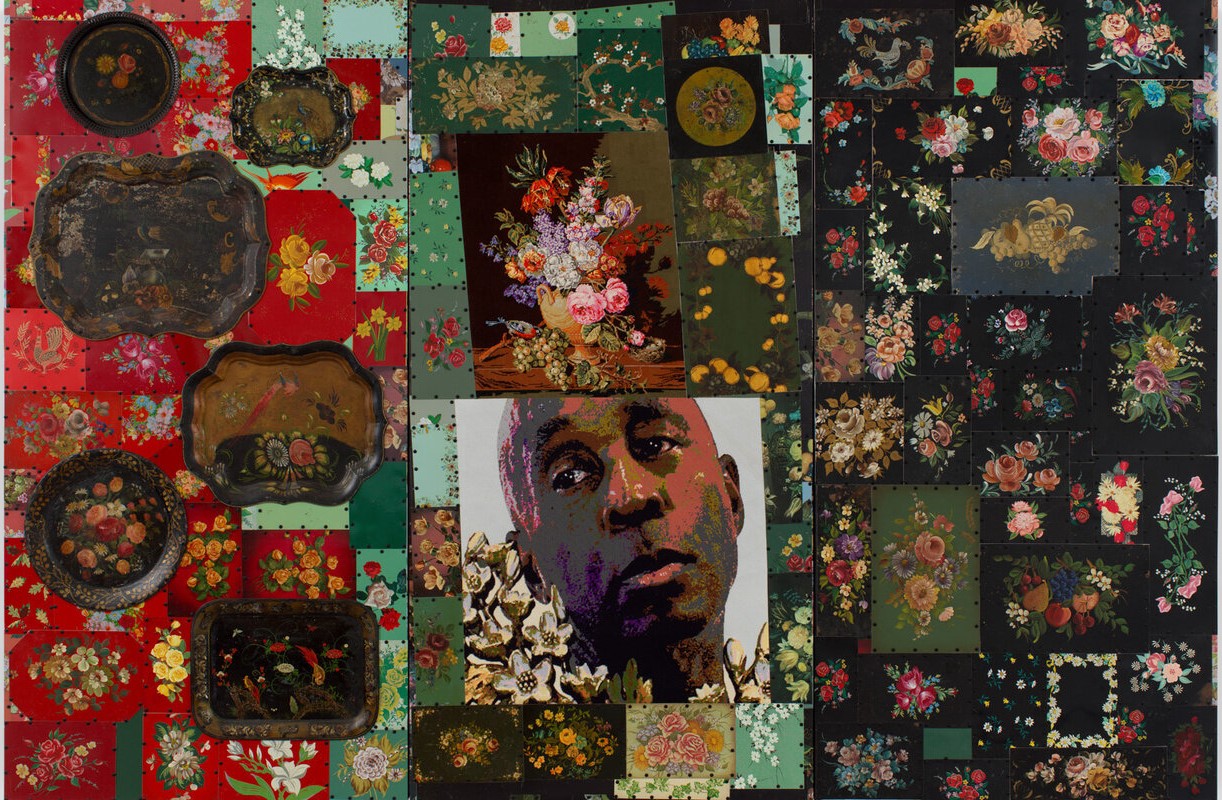
Must See Exhibitions in New York in February
What does it take to invent the new? This is the question presented throughout current New York exhibitions, either implicitly or explicitly. As philosopher Mark Fisher has argued in his seminal 2009 book-length essay Capitalist Realism: Is There No Alternative? an attempt to invent the new spectacle is very much part of this sociocultural paradigm, yet what we see in galleries and museums could surprise one with freshness, daring, and sometimes emotional rawness.
Lillie P. Bliss and the Birth of the Modern at the Museum of Modern Art brings forty exquisite works from Bliss’s collection, including paintings and works on paper by Paul Cézanne, Odilon Redon, Georges-Pierre Seurat, and Pablo Picasso. Bliss was one of the first advocates for the new European art in New York in the 1920s and 1930s. In 1929, together with Abby Aldrich Rockefeller and Mary Quinn Sullivan, Bliss founded The Museum of Modern Art. When she died at the age of 66 in 1931, her collection became a fundamental part of the museum, yet what is phenomenal is the daring nature of this collection, which was so far ahead of its time. When some of these works by Paul Cezanne were shown to the New York public as part of the groundbreaking Loan Exhibition of Impressionist and Post-Impressionist Paintings at the Metropolitan Museum of Art in 1921, a group called the Committee of Citizens and Supporters of the Museum denounced modernism presented to them as “a cult, Satanism, and a form of insanity.” Yet, Bliss’ vision has persevered, as did the Museum she had helped to found. One could only wish for this type of art patronage and daring today.
Nick Cave: Amalgam and Graphs at Jack Shainman Gallery is an epic exhibition of the new works by the artist at the inaugural ornate space of the gallery in Tribeca. Three large bronze sculptures titled Amalgams function as pillars for the exhibition situated in the historic 1898 building specifically built for the New York Life Insurance Company. Caisson ceilings and arched windows come from The Guilded Age of America, and Cave’s art is strangely at home here. Twenty-six feet (8 meters) tall Amalgam (Origin) priced at $2 million is an ornate and massive continuation of Cave trademark soundsuits. The harmony of this figure covered in natural wonders of every kind becomes problematic in this environment that historically was very much part of the traditional establishment. Yet, how do we account for this moral ambiguity? Does art presented by an immensely successful Black artist within an environment where most non-white people were not welcomed for the most of its functional life transcend all racial and socioeconomic boundaries? Is this the ultimate transgression or the much-anticipated erasure of racial lines? The gallery has left this question intentionally open for us.
Chris Martin: Speed of Light at Timothy Taylor brings in yet another aspect of newness and reinvention. Martin has had a five-decade-long career and at 70 has achieved a universal language that speaks to most of us either through the directly presented signifiers or through simple and pure abstract forms. His six large-scale atmospheric landscapes invite us on a ride to a fantasy, childhood, or a dream or to further analyze mechanisms of modernist abstraction (it’s your choice to make). What is new here is his approach to directly delving into the unknown textures and moods without either fear or doubt. In doing so, this master of small gestural marks and bigger formats accounts for a novel sentiment that was not that dissimilar to what Cezanne or Picasso were trying to achieve when they were conquering their Unknown. Previously, Martin used various debris of urban landscapes in the form of newspapers, album covers, musical records, and medical ephemera; here, he is achieving a more undiluted communion with the unknown and the unknowable and is completely at peace with it. This inquisitive open-mindedness from a mature artist is endearing.
We are profoundly searching for new meanings in our political systems, ideologies, cultures, and visual expressions. These three exhibitions attest to these searches and help us to push on in a hope that with stamina and courage new meanings could be reconstituted.
Cover Image: Nick Cave | Grapht, Diptych 73 x 36 1/2 x 17 inches (overall), Vintage metal serving trays and vintage tole on wood panel, 2024
Nina Chkareuli-Mdivani is a Georgian-born, New York-based independent curator, writer and researcher. She is the author of King is Female (2018), the first publication to investigate issues of gender identity in the context of the historical, social and cultural transformation of Eastern Europe over the past two decades. Throughout her career she has lectured worldwide and published numerous articles for magazines such as E-flux, Hyperallergic, Flash Art International, Artforum, MoMa.post, The Arts Newspaper and many others.
Her research delves into the intersection of art history, museology and decolonisation studies, with a focus on totalitarian art and trauma theory, themes he has also explored in the more than ten exhibitions he has curated in New York, Germany, Latvia and Georgia.
